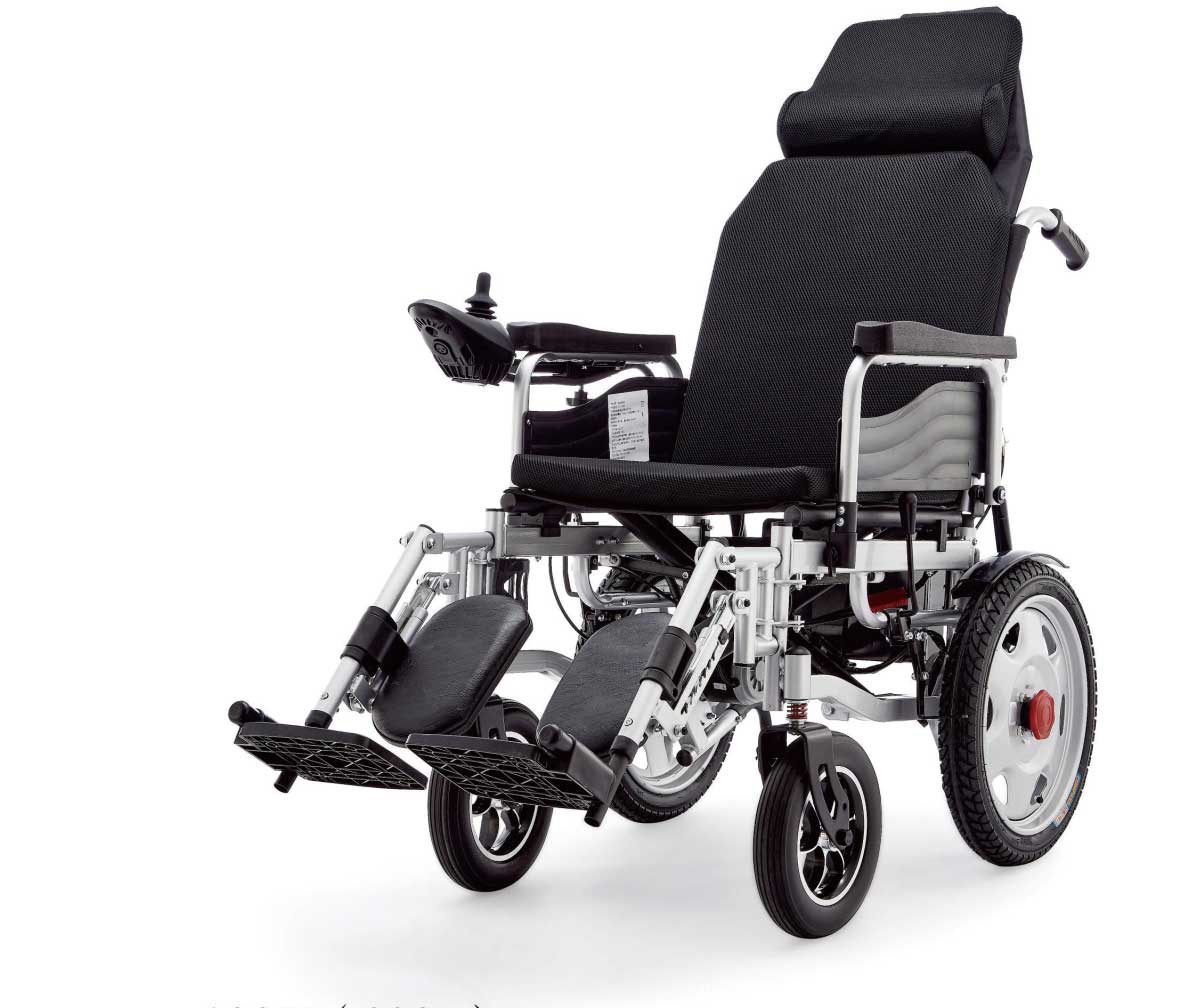Welcome to our websites!
Electric Wheelchair Battery Replacement Guide for Optimal Performance and Longevity
Electric Wheelchair Battery Replacement Everything You Need to Know
Electric wheelchairs have revolutionized mobility for individuals with disabilities, providing independence and freedom. However, like any other device that relies on batteries, electric wheelchairs require regular maintenance, particularly in battery replacement. Understanding when and how to replace the battery can help ensure optimal performance and prolong the lifespan of your wheelchair. In this article, we'll explore the signs that indicate it’s time for a replacement, types of batteries available, and the steps for a successful battery replacement.
Signs You Need a Battery Replacement
Over time, the performance of the batteries in your electric wheelchair may degrade. Here are some common signs that indicate it’s time to consider a replacement
1. Reduced Power Range If you notice your wheelchair doesn’t travel as far on a full charge as it used to, it may be time for a new battery. This decline in range indicates that the current battery can no longer hold sufficient charge.
2. Longer Charging Time If your battery takes significantly longer to charge than it did when new, this could also point to wear and tear, suggesting a replacement may be necessary.
3. Sluggish Performance A noticeable reduction in speed or power, especially when going uphill or on inclines, is another clear indicator that your battery is failing.
4. Swelling or Damage Physical damage or swelling of the battery casing is a critical sign that it needs immediate replacement. A swollen battery can be hazardous, posing a risk of leakage or fire.
5. Frequent Need for Charging If you find yourself needing to charge the battery more often than before for the same distance, it signals that the battery's capacity is compromised.
Types of Batteries
When it comes to electric wheelchairs, there are various types of batteries available, each with its pros and cons
1. Lead-Acid Batteries These are the most common type used in electric wheelchairs. They are relatively inexpensive but tend to be heavier and have a shorter lifespan compared to other options. Deep cycle lead-acid batteries are typically recommended for mobility devices because they can withstand repeated discharge and recharge cycles.
electric wheelchair battery replacement

2. Lithium-Ion Batteries Although more expensive, lithium-ion batteries are gaining popularity due to their lightweight composition, longer lifespan, better efficiency, and faster charging times. They are less sensitive to discharge cycles, which translates into better performance over time.
3. Gel Batteries These batteries are a type of sealed lead-acid battery that uses a gel electrolyte. They are maintenance-free, have a longer lifespan than traditional lead-acid batteries, and are less prone to leakage.
Battery Replacement Steps
Replacing the battery in your electric wheelchair is a straightforward process that you can usually do yourself. However, always consult the user manual for specific instructions related to your model. Here’s a general outline
1. Prepare the Tools Gather necessary tools such as a screwdriver and gloves for safety. You may also need a multimeter to test the new battery's voltage.
2. Disconnect the Power Ensure the power is turned off to avoid any accidents. Disconnect the wheelchair from its charger if it’s plugged in.
3. Remove the Old Battery Carefully take out the battery compartment cover (if applicable) and then disconnect the terminals of the old battery. Be sure to remember or document how the old battery was connected.
4. Install the New Battery Position the new battery in the compartment and connect the terminals as per your notes or the user manual guidelines (positive to positive, negative to negative).
5. Secure Everything Close any covers and ensure that all connections are tight to prevent any power issues.
6. Test the Wheelchair After installation, turn on your electric wheelchair and test its mobility and performance.
Conclusion
Regular maintenance, including timely battery replacement, is crucial for keeping your electric wheelchair functional and safe. By recognizing the signs of battery wear, choosing the right type of battery, and following proper replacement procedures, you can continue to enjoy the freedom that your electric wheelchair provides. Always remember to consult the user manual or a professional if you have any questions or concerns about the process. Your mobility and independence are worth the investment in proper care!
-
Transforming Healthcare with Hospital FurnitureNewsJun.24,2025
-
Rehabilitation EquipmentNewsJun.24,2025
-
Mobility and Independence with WheelchairsNewsJun.24,2025
-
Freedom of Mobility with Our Rollator WalkersNewsJun.24,2025
-
Comfort and Independence with Commode ChairsNewsJun.24,2025
-
Bathing Safety and Independence with Shower ChairsNewsJun.24,2025
-
Navigating the Wholesale Landscape of Electric Mobility Solutions: Key Considerations for Power Wheelchair DealersNewsJun.10,2025











